pelvic floor dyssynergia causes
It is often a habit of an ineffective posture and behaviour you have when you try and have a bowel movement. Some of the other causes of APD are as follows.
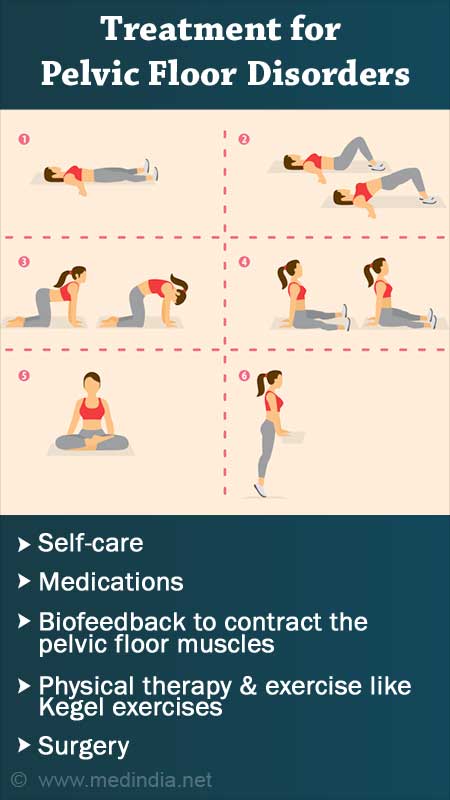
Pelvic Floor Disorders Causes Symptoms Diagnosis Treatment Prevention
The pelvic floor is composed of a group of muscles that span.
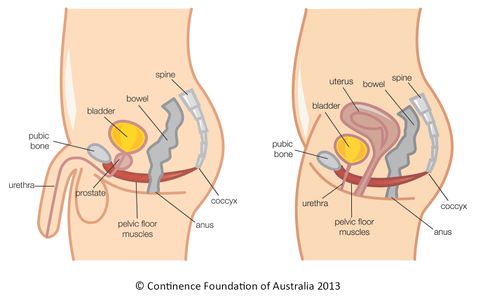
. Excessive straining when having a bowel movement. This can also happen in response to a mechanical compression such as prolonged sitting or a direct trauma to the pelvis bicycle accident etc. Also if there is a.
Pelvic floor dyssynergia is a behavioural disorder that is the result of an unintentional habit. While exact causes are still being researched doctors can link pelvic floor dysfunction to conditions or events that weaken the pelvic muscles or tear connective tissue. These are muscles located in the lower abdomen that allow bowel movements to pass normally.
Anal sphincter dyssynergia also known as pelvic floor dyssynergia is the weakening of the pelvic floor or sphincters in the anus. The pelvic floor are the muscles that attach to the pelvis in the abdomen. Often times a paradoxical contraction may occur when attempting to relax the pelvic floor muscles further inhibiting bowel function and emptying.
Interstitial cystitis is a chronic bladder condition that causes pain in your pelvis or bladder. In the final multivariate models after controlling for BMI the number of Rome II symptoms of pelvic floor dyssynergia ie having to strain to pass a stool feeling unable to empty the rectum and having difficulty relaxing to evacuate the stool was a significant predictor of both abdominal distension p 0001 and bloating p 0005. To determine if there was a singular cause that led to your pelvic floor dyssynergia or if multiple events played a part your GP will discuss your medical history.
Less than three bowel movements per week. Pain from the bladder can cause pain in the pelvic floor muscles and then loss of muscle relaxation and strength which is pelvic floor dysfunction. Sacral nerve stimulation damage to the sacral and pudendal nerves can cause them to send signals to the pelvic floor muscles that cause pelvic floor dyssynergia.
What causes pelvic floor dyssynergia. In constipation the pelvic floor muscles are tight and overactive and do not know how to relax. APD is mostly diagnosed through.
How to Fix Pelvic Floor Dyssynergia. So when on the toilet the pelvic floor muscles are creating a serious kink on the rectum and its very difficult to push the bowel motion out without straining pain or causing anal fissures little tears in the anus. Simple affordable and non-invasive breath tests are conducted to check whether the patient has developed any symptoms of APD.
It is marked by the failure of pelvic floor muscles to relax or a paradoxical contraction of the pelvic floor muscles with defecation. Pain in your lower back. It can result in chronic constipation.
A paradoxical contraction is when the pelvic floor muscles contract. Pelvic floor dyssynergia and pelvic floor dysfunction are caused by impaired relaxation of the external anal sphincter impaired relaxation of the puborectalis muscle or. Anal sphincter dyssynergia can be caused by obstructions but mostly improper relaxing of the anal sphincters or pelvic floor muscle during defecation.
Dyssynergic Causes And Symptoms Abdominophrenic Dyssynergia And Pelvic Floor Dysfunction Zion Physical Therapy Diagnosing By Rectal Examination Pelvic Floor Dyssynergia And Levator Ani Syndrome April 2019 Drossmancare. In addition there are other intrinsic factors of the person that can promote the appearance of chronic constipation such. Pelvic floor dyssynergia and pelvic floor dysfunction are caused by impaired relaxation of the external anal sphincter impaired relaxation of the puborectalis muscle or decreased propulsion of.
Stress bacteria andor inflammation can cause the pelvic floor muscles to elicit a protective response tightening of the muscles to protect against the stressor. Dyssynergic defecation is considered to be the result of pelvic floor dysfunction in that the muscles and nerves within the pelvic floor are not functioning as they should. Dyssynergic defecation is a health condition with difficulty passing stool due to problems with the muscles and nerves of the pelvic floor.
Constipation dyssynergia and your pelvic floor muscles. Pelvic floor dyssynergia is widely correlated with common factors in the life of any adult such as stress and anxiety. Using your fingers to help you have a bowel movement digital evacuation Overview Causes.
Small intestinal bacterial overgrowth. An example of anorectal dysfunction that can contribute to constipation is a condition called Pelvic Floor Dyssynergia also referred to as anismus. Symptoms of pelvic floor dyssynergia include.
Defecation Dyssynergia is most commonly due to the inability of the pelvic floor or anal sphincter muscles to relax during defecation. So having one of these conditions increases your risk of having the other. Causes are generally unknown but possible factors include pregnancy and childbirth a history of passing hard or painful stool and psychological factors including a history of abuse.
Therefore red light therapy can be helpful in regenerating the nervous system and repairing the signaling pathways.

Bowel Dysfunction Pelvic Health Rehabilitation Center

Pelvic Floor Dysfunction Gastrointestinal Society

Pelvic Floor Blog Zion Physical Therapy

Constipation And Pelvic Floor Dyssynergia What Do They Have In Common The Pelvic Expert

Constipation And Pelvic Floor Dyssynergia What Do They Have In Common The Pelvic Expert

Why Your Pelvic Floor May Be The Cause Of Your Digestive Problems
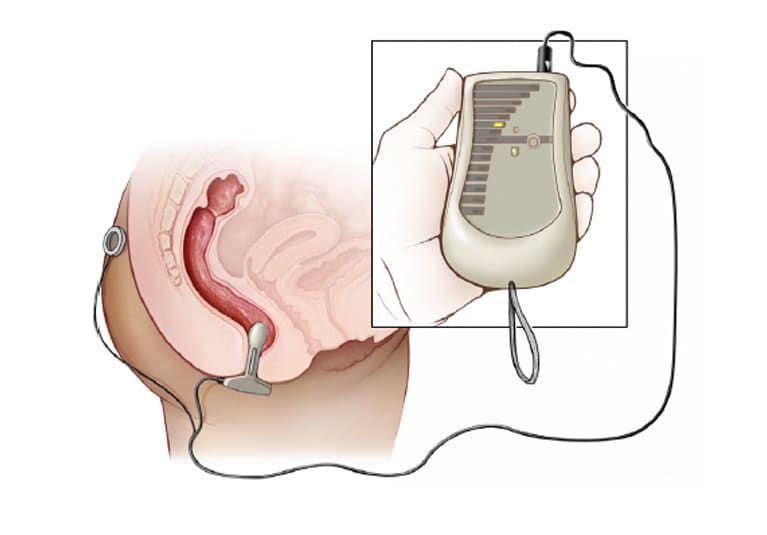
Unique Intensive Curriculum Helps Patients Retrain Pelvic Floor Muscles Mayo Clinic

Pelvic Floor Dysfunction The Signs Symptoms And Treatments
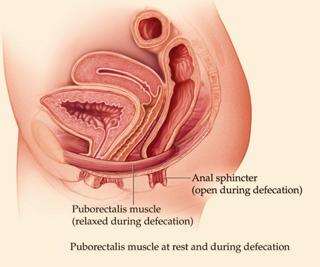
Anismus Pamela Morrison Pelvic Pain Physical Therapist P C

Pelvic Floor Dysfunction And Uti Symptoms The Differences
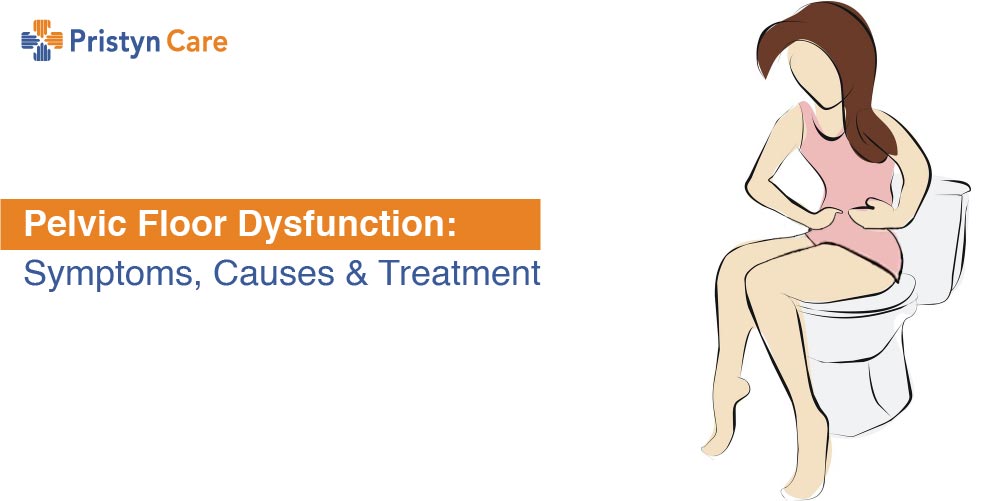
Pelvic Floor Dysfunction Symptoms Causes And Treatment

Dyssynergia An Overview Sciencedirect Topics
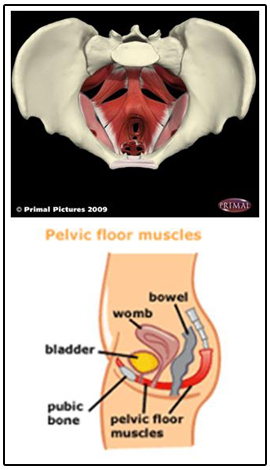
Pelvic Floor Muscle Dysfunction Pfmd Pamela Morrison Pelvic Pain Physical Therapist P C
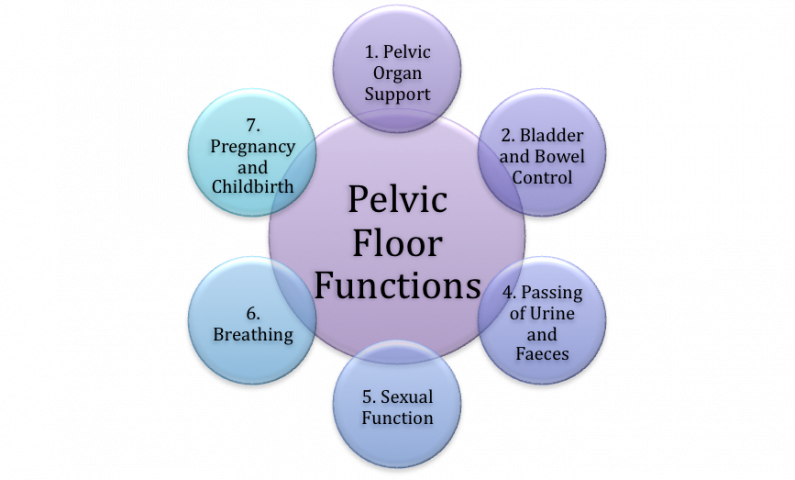
Pelvic Floor Dysfunction Physiopedia
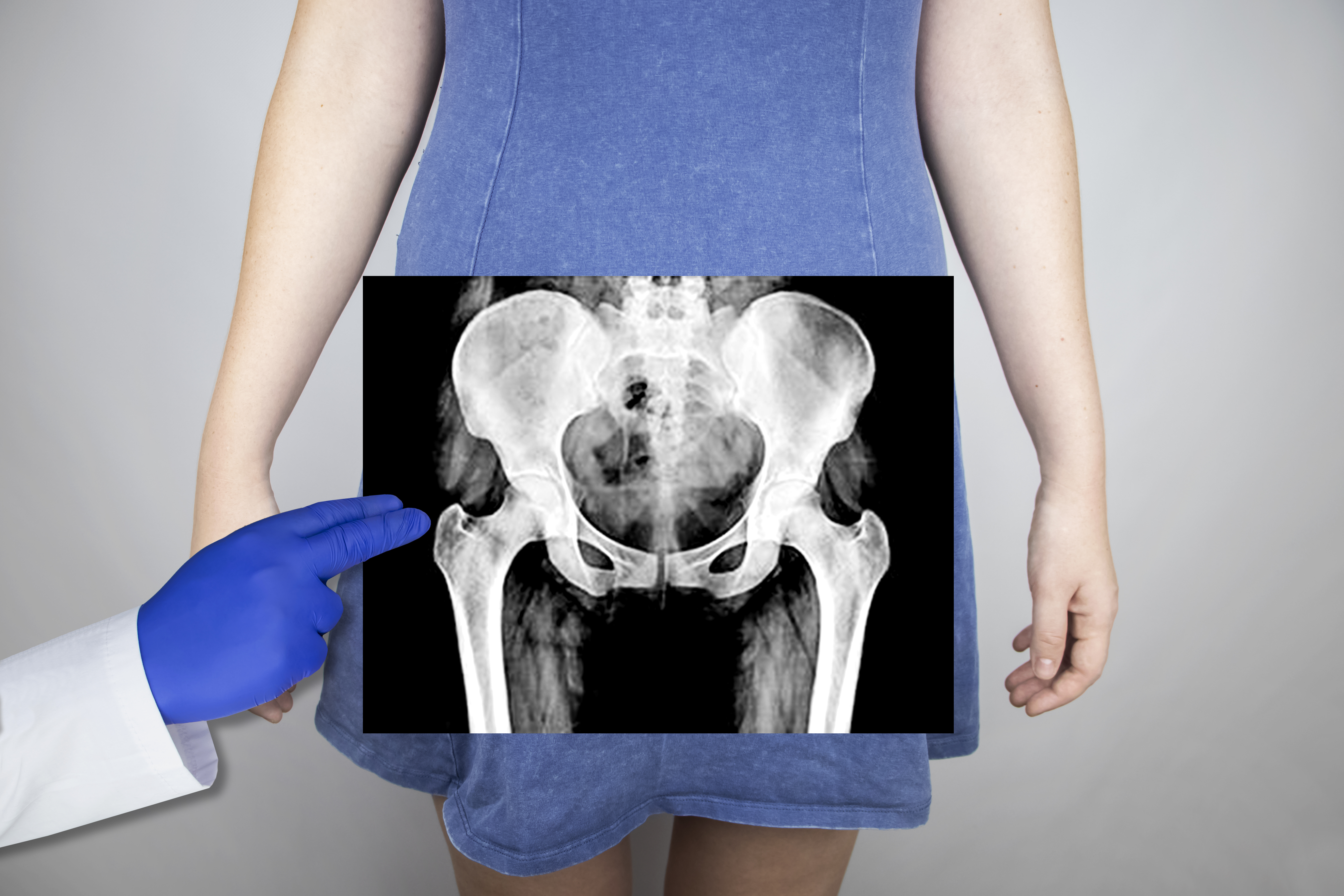
What Is Pelvic Floor Dyssynergia Advanced Gynecology

Pelvic Floor Dysfunction Symptoms Causes And Treatment

Pelvic Floor Dysfunction Physiopedia
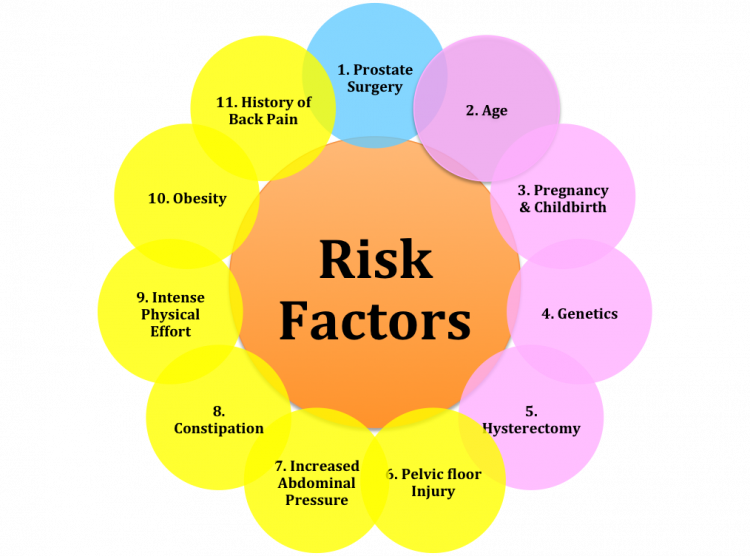
Pelvic Floor Dysfunction Physiopedia

Constipation And Pelvic Floor Dyssynergia What Do They Have In Common The Pelvic Expert